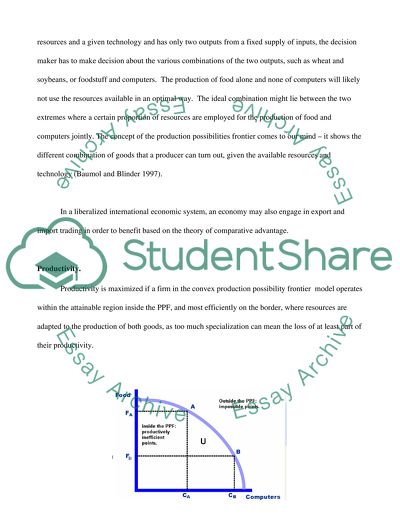Cite this document
(Can the Government Stabilize the Economy Assignment, n.d.)
Can the Government Stabilize the Economy Assignment. Retrieved from https://studentshare.org/macro-microeconomics/1549688-can-the-government-stabilize-the-economy-3-sections
Can the Government Stabilize the Economy Assignment. Retrieved from https://studentshare.org/macro-microeconomics/1549688-can-the-government-stabilize-the-economy-3-sections
(Can the Government Stabilize the Economy Assignment)
Can the Government Stabilize the Economy Assignment. https://studentshare.org/macro-microeconomics/1549688-can-the-government-stabilize-the-economy-3-sections.
Can the Government Stabilize the Economy Assignment. https://studentshare.org/macro-microeconomics/1549688-can-the-government-stabilize-the-economy-3-sections.
“Can the Government Stabilize the Economy Assignment”, n.d. https://studentshare.org/macro-microeconomics/1549688-can-the-government-stabilize-the-economy-3-sections.


